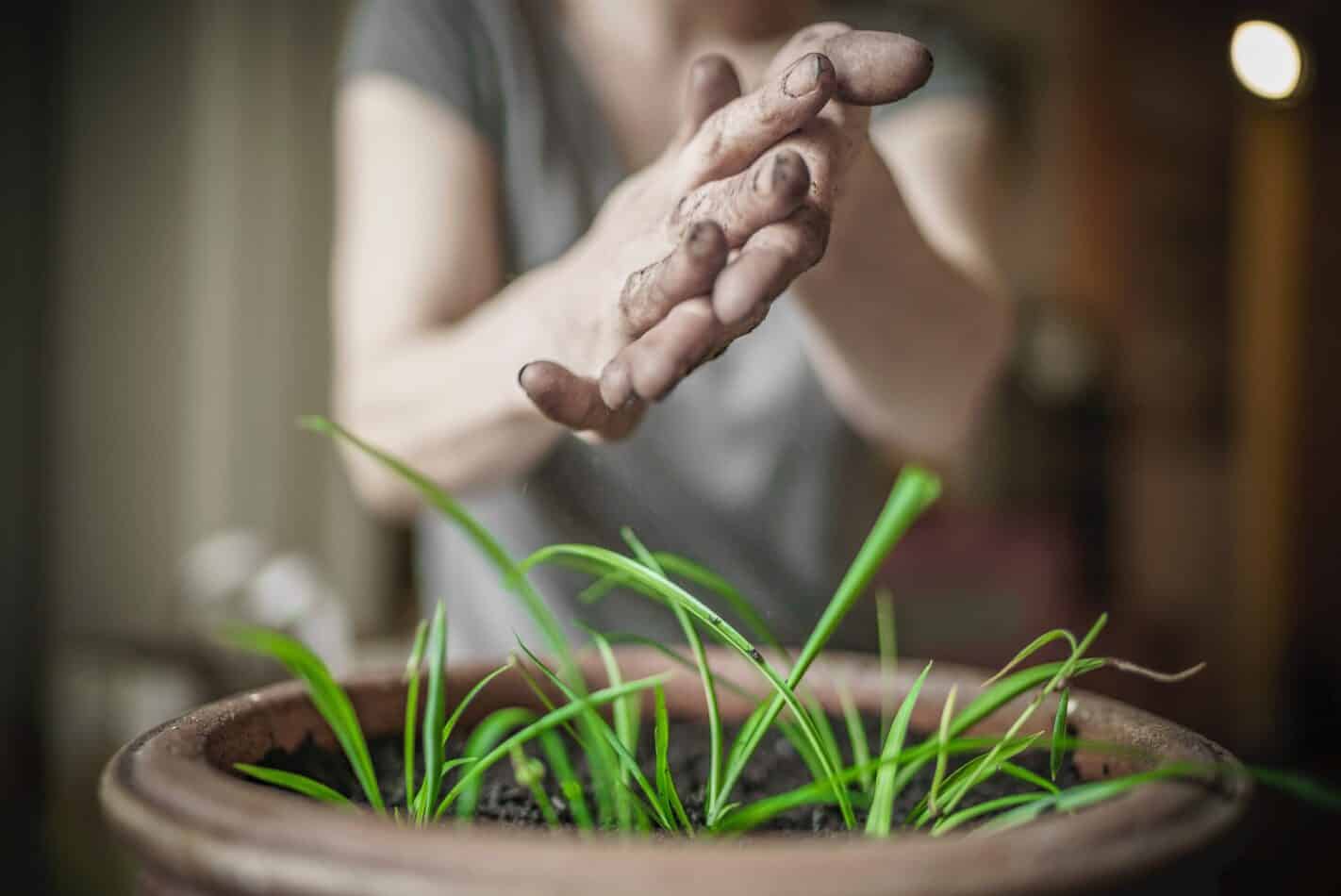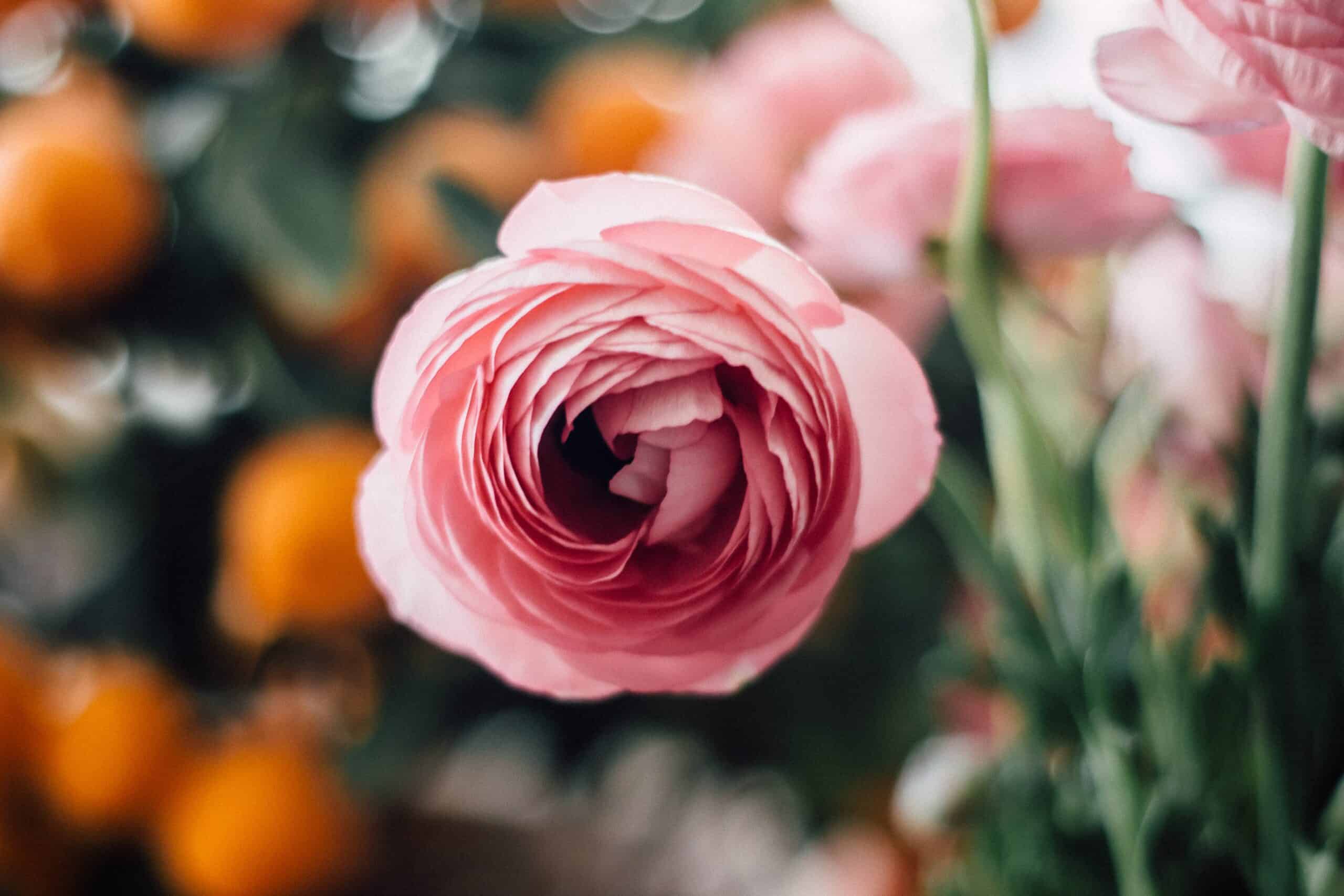There is probably no gardener who does not grow these beautiful flowers or is not interested in them. Many lovers of gladioli are engaged in the derivation of new varieties, as these plants quickly form hybrids. In this way, how to grow gladiola can also become an exciting hobby.
Gladiola is a gorgeous plant but also very demanding. if you are looking for an easier plant or flower to cultivate, we suggest to look into planting lavender instead.
Most of gladioli come from regions with warm or even tropical climates. Therefore, they are not resistant to low temperatures, and in the U.S.A., they cannot spend winter on the ground.
The genus Gladiolus counts more than 150 species, but there are mainly hybrids derived from them in cultivation, i.e., garden gladiola. Thanks to the great interest in their cultivation, breeders undertook work to obtain plants with the most beautiful flowers, which resulted in the creation of many attractive varieties with flowers surprising in their diversity of colors and shapes.
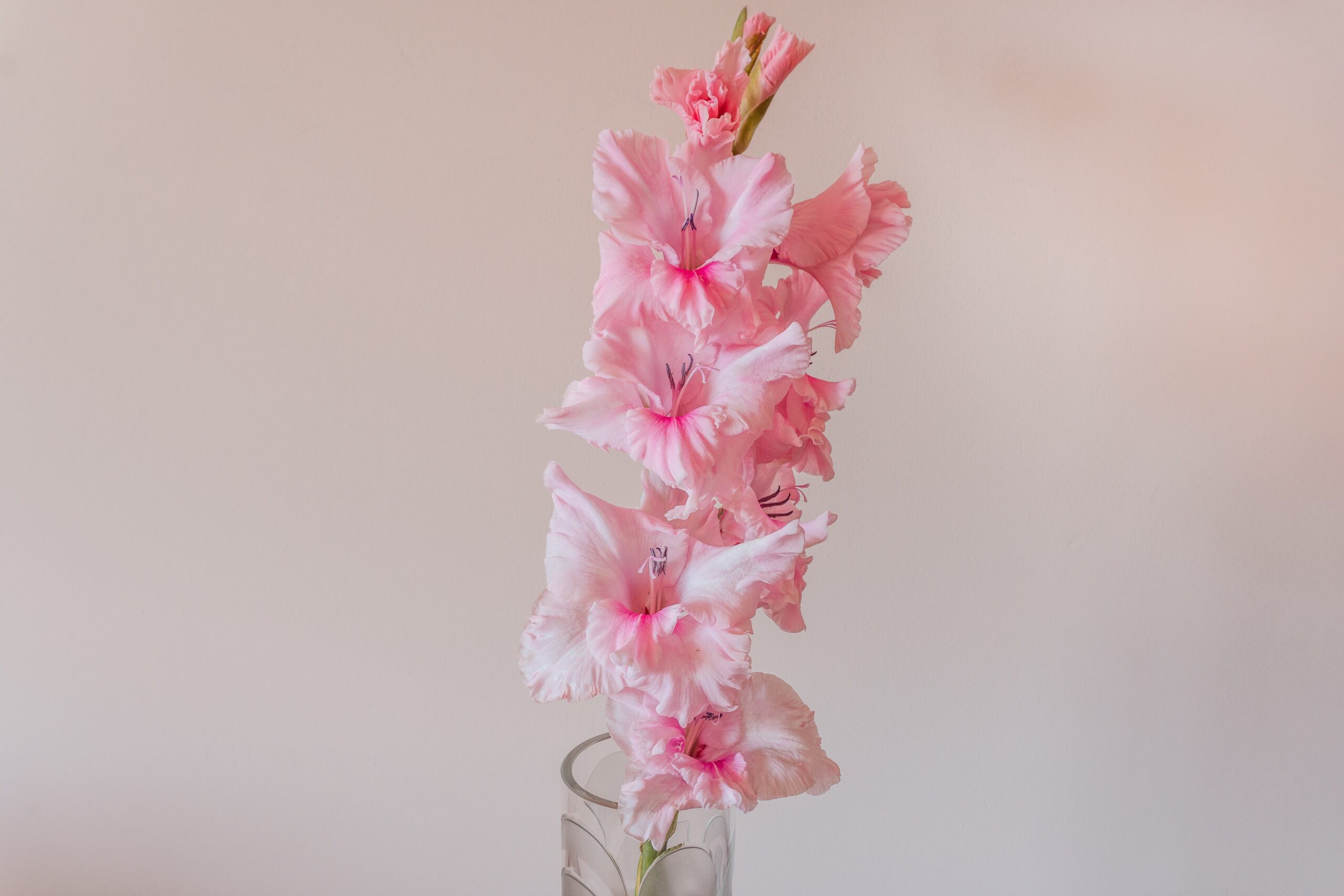
Requirements and cultivation of gladiola
Gladiola is a durable tuberous plant with sword-shaped, broad leaves and thick, unbranched, smooth stems. Their showy, cup-shaped flowers are gathered at the top of the branches in spikes, consisting of about 10-24 flowers (in cultivars).
They are very demanding. Therefore they expect warm, sheltered, and sunny positions and fertile, fresh, hummus, permeable and moist soil with a neutral pH. To improve growing conditions, it is advisable to mulch the soil around the plants to prevent moisture loss and weed growth.
When cultivating gladiolus, also remember to tie up the shoots of tall varieties because, under the weight of the flowers, they may bend, deform or break.
If necessary, the flowers should also be protected against diseases and pests (gladiola is susceptible to numerous diseases, including rust, fusariosis, bacteriosis, hard rot), and plants infected with viruses should be removed from the plantation.
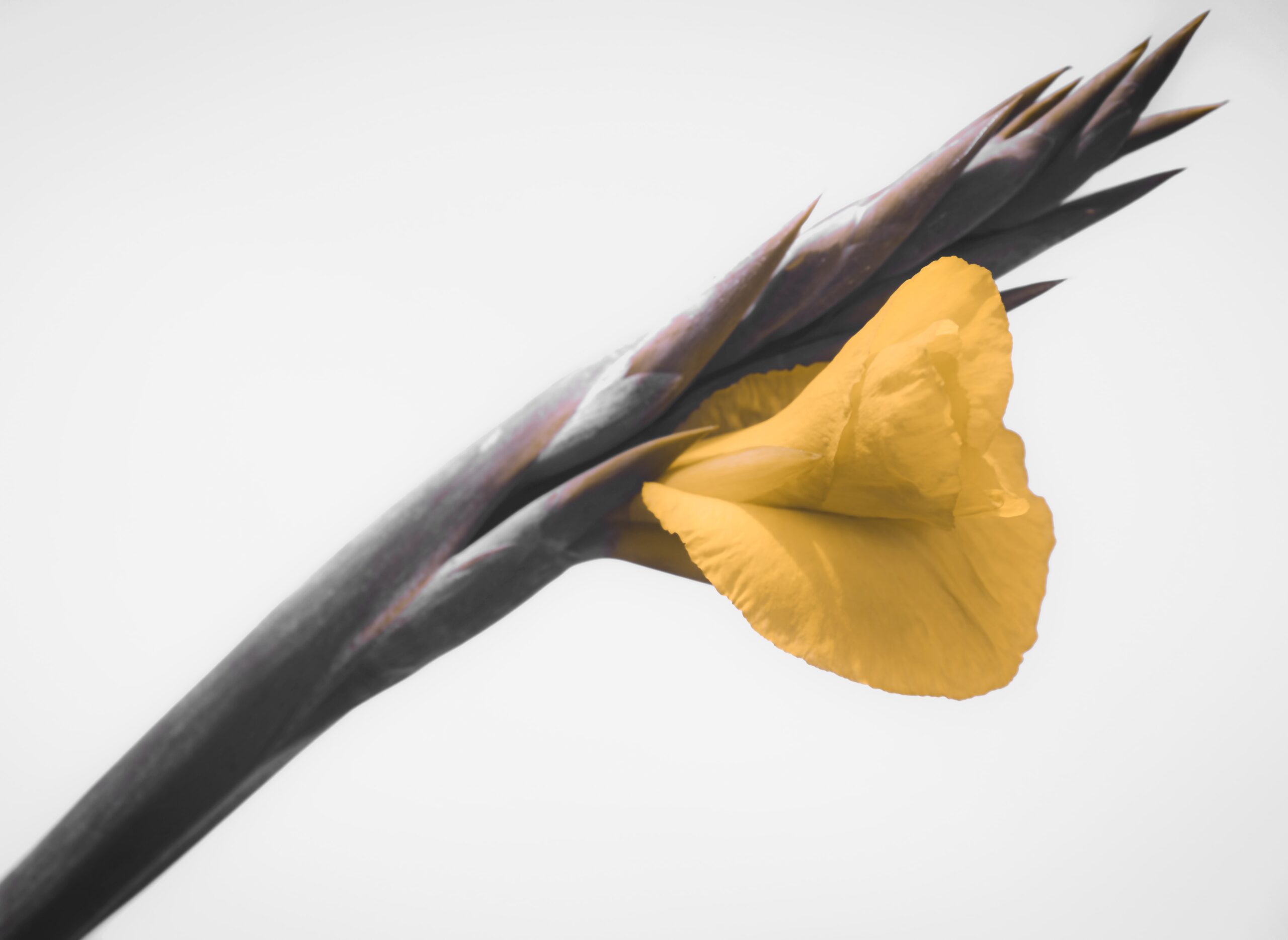
Planting and flowering of gladioli
Gladioli are planted into the ground from mid-April to mid-May. Depending on the variety, they bloom from July to September. Later types or those planted a little last bloom in August and continue to bloom until late September or even mid-October), after which they gradually begin to dry their leaves and prepare to go into dormancy.
After flowering, the mother tuber from which the flower shoot has developed dies. Its place is taken by 1-2 replacement tubers and numerous adventitious tubers used for propagation (the first flowers are produced after about 2-3 years of cultivation).
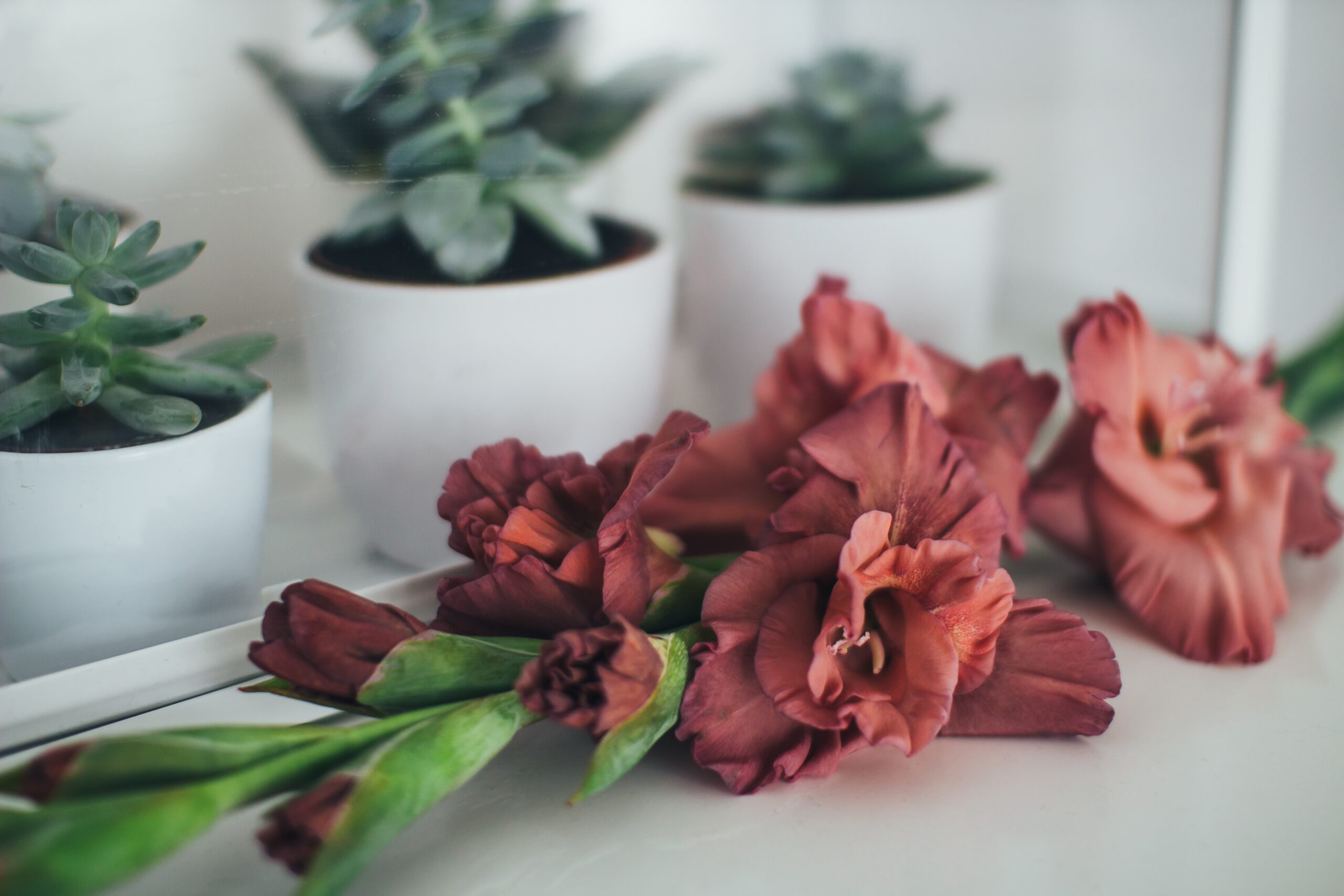
When and how to dig gladiola
Digging up gladiolus tubers begins about a month after the end of flowering (October). After digging up the plants, the shoots growing out of them are cut to a height of about 5 cm above the tuber and left for about a week for initial drying in a warm (about 20-24°C), dry and well-ventilated room. Afterward, the remaining shoots are removed, and the tubers are allowed to dry out again for another 2-3 weeks.
After this time, the tubers are finally cleaned of any remaining leaves and roots, and the small adventitious tubers are separated from them. The cleaned tubers are placed in single layers in openwork crates and stored in a dry, well-ventilated, excellent room (approx. 5-8°C) until spring.
What we love from Amazon this week
Buy these wonderful flowers directly from Amazon:










